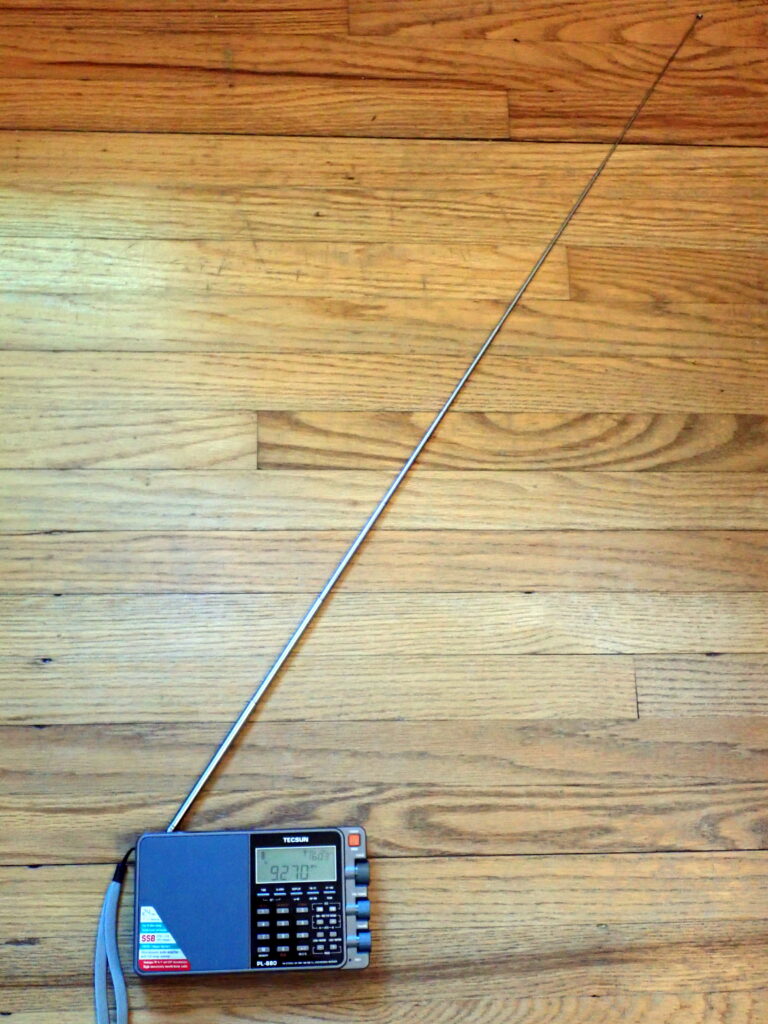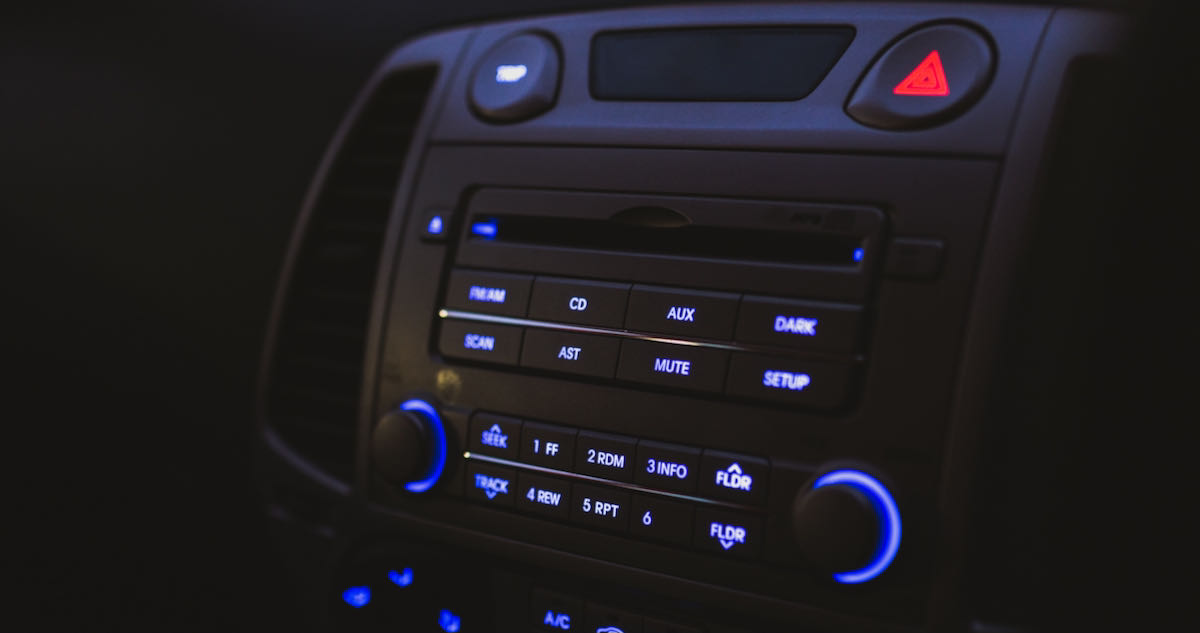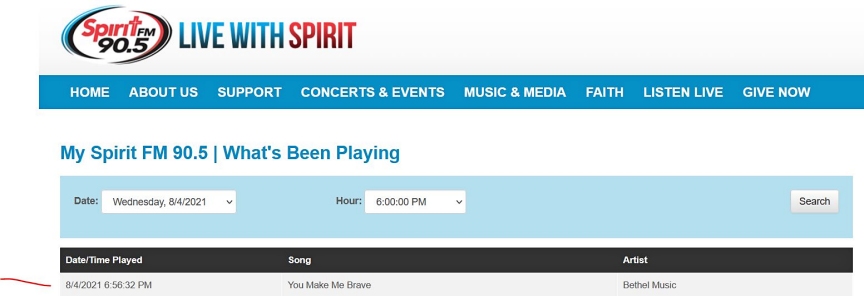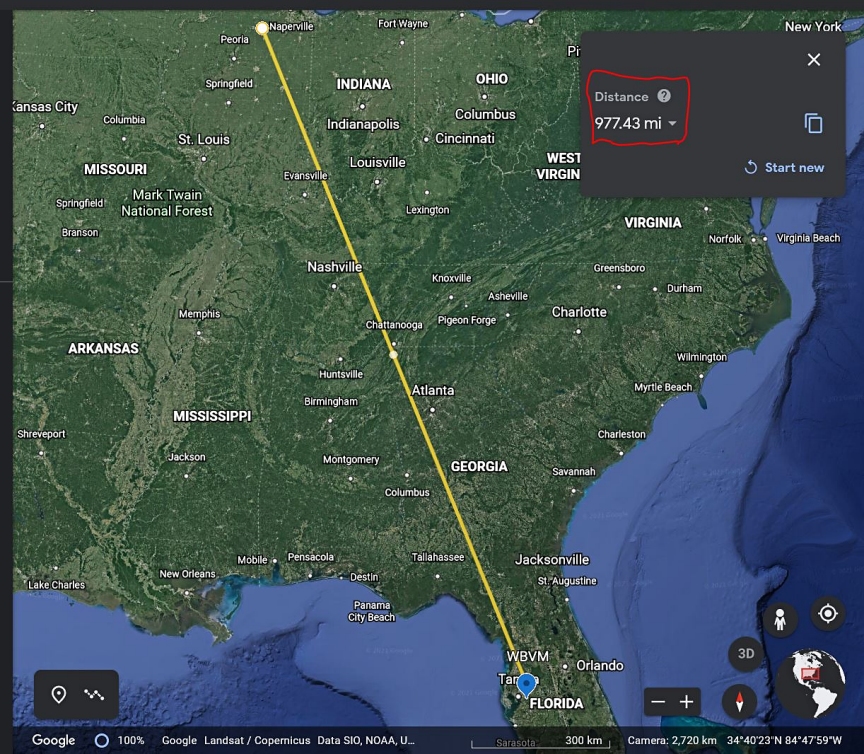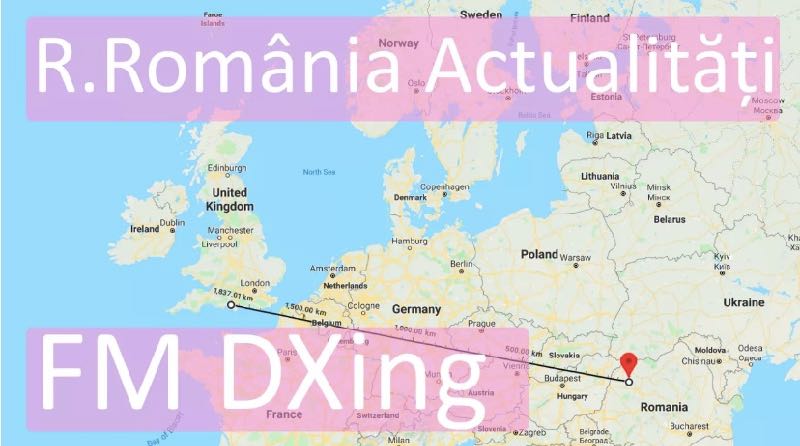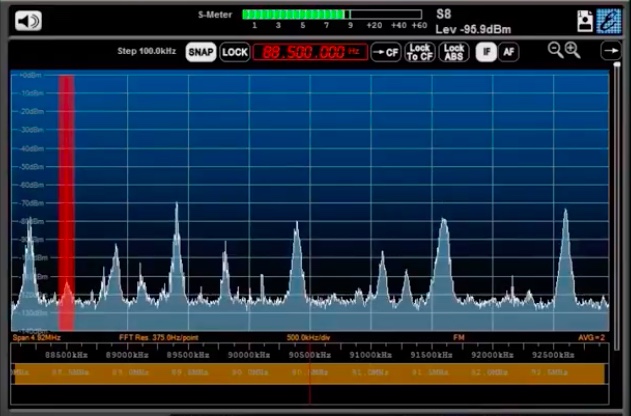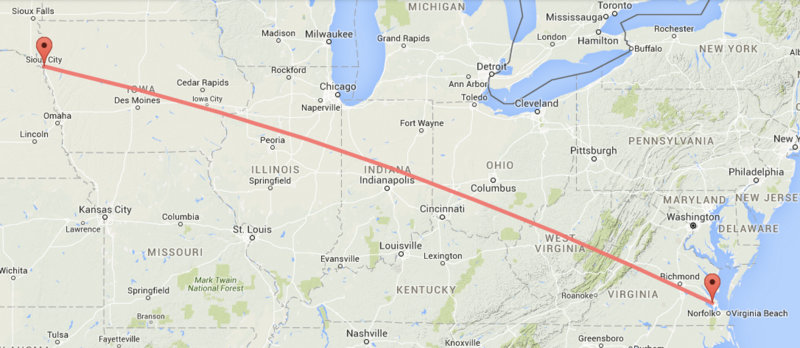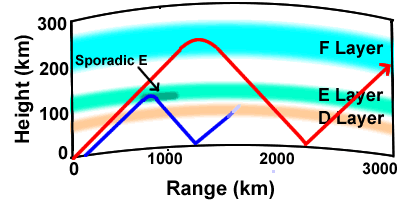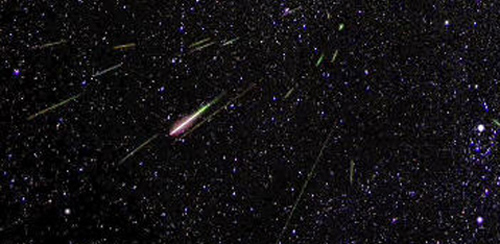By Jock Elliott, KB2GOM
Male voice, singing: You’re the reason I have bald tires on my car . . .
Female voice, singing: You’re the reason I threw your clothes out in the yard . . .
Male and female voices singing in harmony: You’re the reason our kids are ugly . . .
. . . and that was my introduction to WOOG low-power community radio in Troy, NY.
Holy smokes . . . that’s outrageous . . . and funny, too!
Sometimes, in hindsight, it can be difficult for a writer to determine when and where story actually began.
With this one, was it when the FCC began licensing low-power community radio stations in 2000? Or was it when I began hosting a Radio Monitoring Net on the local 146.94 repeater (Troy, NY) at 7 pm on Tuesday nights?
For sure, a tipping point was when one of the net participants suggested check out a low-power FM community radio station on 92.7 FM. It’s kind of like western swing, he said.
I did check it out and found it to be a combo of traditional country and what I call “hillbilly jazz.” No announcer between musical selections, and occasional station IDs. At 7 am, I heard the Ralph Nader radio hour. Allegedly it is licensed to the Oakwood Community Center in Troy, NY, but nothing on the air that I have heard suggests that connection. Very curious. Is a place-holder for something else?
It turns out there are hundreds of low-power community radio stations across the United States. They are limited to 100 watts and an antenna height of 30 meters (100 feet). According to the FCC:
To qualify for an LPFM license, you must be:
- A government or non-profit educational institution, like a public or private school or state or private university
- A non-profit organization, association or entity with an educational purpose, like a community group, public service or public health organization, disability service provider or faith-based organization
- A government or non-profit entity providing local public safety or transportation service, like a volunteer fire department, local government or state transportation authority
- An Indian or Alaska Native tribe, band, nation, pueblo, village or community that will provide non-commercial radio services.
In addition, applicants for LPFM licenses must be based in the community in which they intend to broadcast. An organization is considered community-based if:
- It is physically headquartered or has a campus within 10 miles of the proposed transmitting antenna
- Seventy-five percent of its governing board resides within 10 miles of the proposed transmitting antenna
- It is a non-profit or governmental public safety organization that intends to broadcast within the area of its jurisdiction
- In the case of a Tribal application, the applicant’s Tribal lands are within the service area of the proposed station.
There is an article about LPFM stations here: https://www.pewresearch.org/short-reads/2016/09/19/number-of-u-s-low-power-fm-radio-stations-has-nearly-doubled-since-2014/ and a listing of the stations here: https://en.wikipedia.org/wiki/Category:Low-power_FM_radio_stations_in_the_United_States
There are several LPFM stations in my area, and chasing them is fun. I found the best success with my Tecsun PL-880 and its long whip antenna. Sometimes the whip works best when held vertically; sometimes, horizontally; sometimes moving the whip horizontally as little as 45 degrees will blank one station and bring up another. The end effect is to look like a drunken sword master while getting into the Better Half’s potted plants, knocking over scanners on the desk, and other encounters with the long whip.
Nevertheless, chasing low power community radio stations is fun, and I can predict, with some authority, that you may encounter programming that you won’t find anywhere else.

